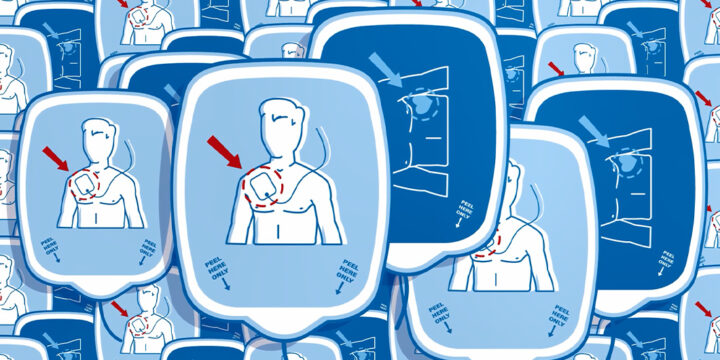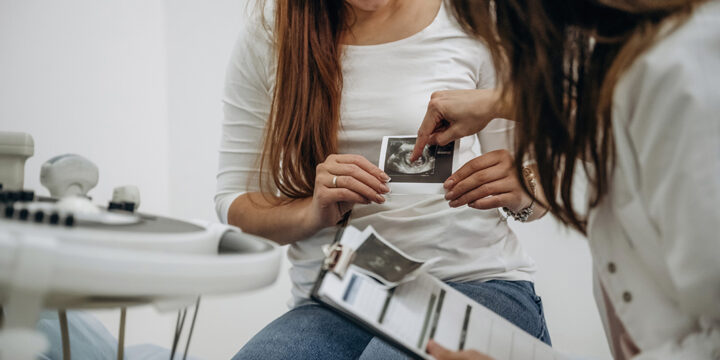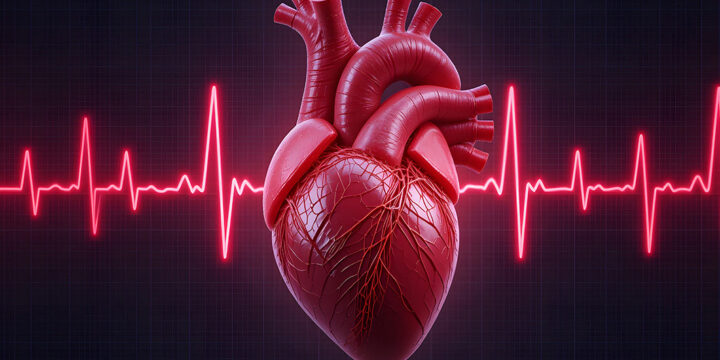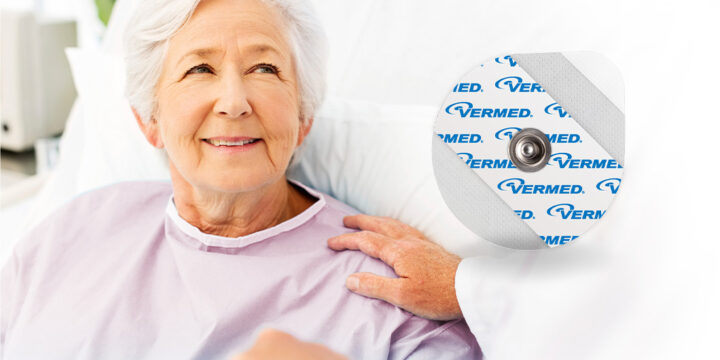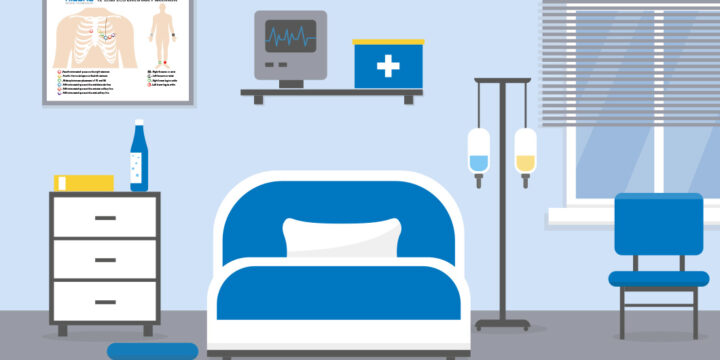
EKG and ECG Placement: A Simple Guide
Clinicians use electrocardiograms, commonly referred to as ECG or EKG, to assess the heart's electrical activity. The term "ECG" comes from English, while "EKG" uses the original German spelling "Elektrokardiogramm." Both terms mean the same test, and clinicians use them interchangeably.Accurate ECG placement is key to capturing signals that help with diagnosis and treatment. Clinicians apply ECG electrodes, also known as ECG stickers, to the skin to detect these signals. In this guide, you’ll learn how to place ECG electrodes step-by-step. You'll also get tips for better accuracy and see which mistakes to avoid.This guide is intended for general informational purposes only. Always follow the instructions for use provided by the manufacturer and your facility’s protocols.Understanding the BasicsECG tests record the heart’s electrical impulses, allowing clinicians to monitor rhythm, detect…

